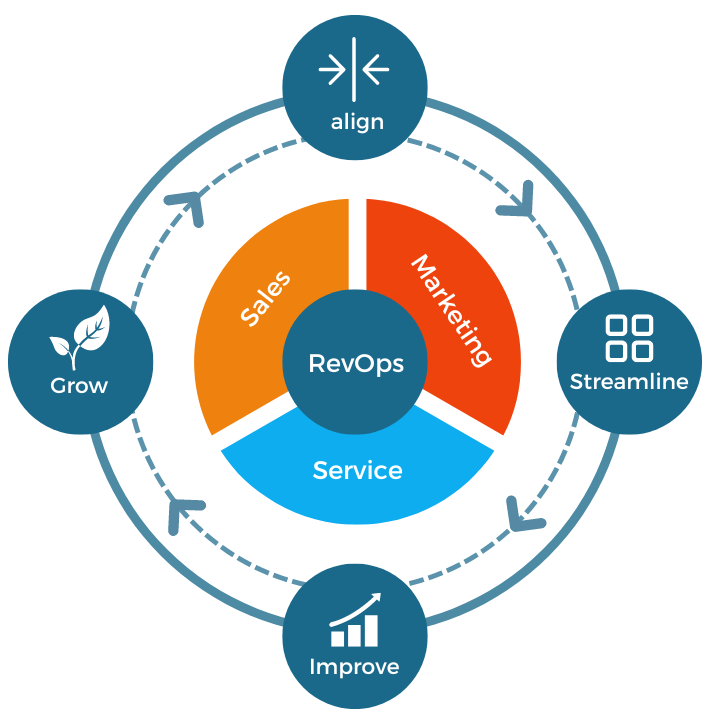Inside Boeing’s Climate-Change Fighting 737 Max EcoDemonstrator
Amy B. Taylor January 23, 2022Table of Contents
ToggleBoeing’s ecoDemonstrator program aims to test new technologies that can maximize aircraft efficiency. It’s a win-win for airlines that get to reduce their emissions and costs while also helping Boeing make its aircraft more attractive to prospective buyers.
Thomas Pallini/Insider
Boeing and Alaska Airlines have teamed up to test new technologies onboard a Boeing 737 Max 9 aircraft that is Boeing’s new ecoDemonstrator. Take a closer look at the aircraft.
Thomas Pallini/Insider
The Boeing 737 Max is a prime example of how existing aircraft can be upgraded with new technology that both lowers emissions and reduces costs for airlines.
Thomas Pallini/Insider
Two CFM International LEAP-1B engines power the 737 Max using longer fan blades made from composite materials to reduce the rate of fuel burn by 14% compared to previous-generation engines.
Thomas Pallini/Insider
And on the wings, new “advanced technology” winglets increase the aerodynamic efficiency of the aircraft using laminar fuel that also contributes to a reduction in fuel burn.
Thomas Pallini/Insider
But Boeing is looking to get granular with its aircraft as even a 20-pound weight reduction can have a big impact on performance and efficiency.
Thomas Pallini/Insider
One seemingly minor but useful innovation is the low-profile anti-collision light to replace the convention anti-collision light that’s a required feature on airliners.
Thomas Pallini/Insider
Located on the belly of the aircraft, the anti-collision light is a minor fixture of the aircraft that extends a mere four inches from the fuselage. Its presence, however, disrupts the smooth flow of air under the aircraft ever so slightly and causes drag.
motive56/Shutterstock.com
Boeing wants to make the light almost flush with the fuselage to improve airflow and reduce drag along the airframe, as well as keep the light’s infrastructure on the inside of the aircraft to shield it from the extreme conditions of flight.
Thomas Pallini/Insider
The change might seem minor but will have an impact on how much fuel an aircraft will burn in a given flight, as well as how often an airline might need to repair anti-collision lights.
Thomas Pallini/Insider
“It’s a very minor drag reduction but it all adds up to a more efficient airplane,” Chad Lloyd, Boeing’s manager for the ecoDemonstrator program, said.
Thomas Pallini/Insider
Inside the engine, Boeing is testing acoustic treatments that aim to reduce the noise levels of an aircraft for the benefit of people on the ground.
Thomas Pallini/Insider
Boeing is also testing alternatives to halon as an engine fire extinguisher, as liquefied gas has been banned in the US and can no longer be produced. The ecoDemonstrator has been leading the charge on testing new extinguishing agents.
Thomas Pallini/Insider
Rows of traditional airplane seats fill the ecoDemonstrator’s cabin in part to match the weight of an airliner and also to fly Boeing’s test engineers around the world.
Thomas Pallini/Insider
Boeing is testing the use of carbon fiber sidewalls that are lighter than traditional materials. The carbon fiber is recycled from the production of the Boeing 787 Dreamliner and is 20% lighter than current materials, resulting in 20 to 30 pounds of weight savings.
Thomas Pallini/Insider
“One of our goals as an airframe manufacturer is to make aircraft lighter,” Lloyd said. “Lighter airplanes result in less fuel burn, which results in less emissions into the atmosphere.”
Thomas Pallini/Insider
Microphones in the cabin also test the noise-reducing capabilities of carbon fiber compared to traditional materials.
Thomas Pallini/Insider
Monitoring stations in the front half of the aircraft allow flight test engineers to monitor and review data, while also monitoring the safety of the flight test aircraft during missions.
Thomas Pallini/Insider
“The things that we do here through airline partners and others help inform things that will go on our next airplanes and also improvements that will go on our existing airplanes,” Chris Raymond, Boeing’s chief sustainability officer, said.
Thomas Pallini/Insider
Boeing launched the EcoDemonstrator program in 2012 with the goal of testing multiple technologies using a single plane, replacing the prior practice of using one aircraft to test one technology at a time.
Thomas Pallini/Insider
Alaska Airlines’s Boeing 737 Max 9 is serving as the eighth aircraft in the role. The previous ecoDemonstrators include the Boeing 787-9 Dreamliner, Boeing 757, Boeing 777-200, Boeing 777 Freighter, and Boeing 737 aircraft.
Thomas Pallini/Insider
The ecoDemonstrator program in its 10-year history has already yielded results that can be found on Boeing aircraft. The advanced technology winglet that is found on all 737 Max aircraft originated from the ecoDemonstrator program.
AP Photo/Ted S. Warren


.jpeg?width=682&height=455&name=AdobeStock_295048993%20(1).jpeg)



